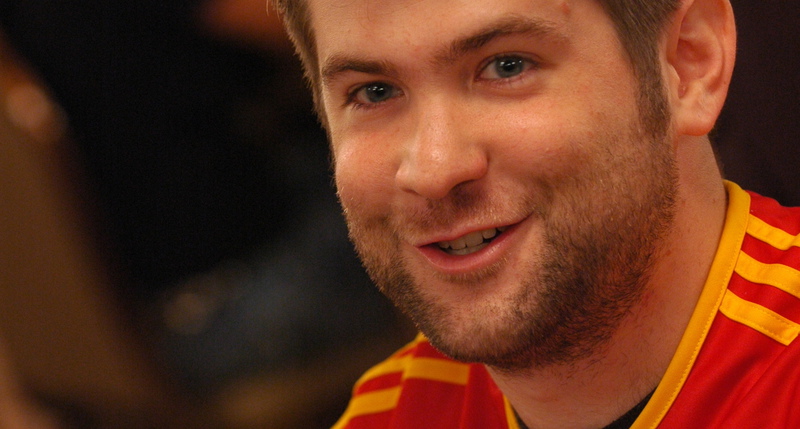






Poker Strategy With Gavin Griffin: The Moral Responsibility Of MarkupGriffin Explains Why High Markup Drains The Poker Economy Of Investors |
|
|
Card Player Magazine, available in print and online, covers poker strategy, poker news, online and casino poker, and poker legislation. Sign up today for a digital subscription to access more than 800 magazine issues and get 26 new issues per year!
Hey, it’s almost World Series of Poker time, so you know what that means! It’s time to have our annual discussion on Twitter about who is charging too much markup!
I’ve talked about how markup works in previous columns, but let me do a quick refresher before we get started on what I think about the subject. Sometimes, when people are looking for investors in their tournaments, they offer percentages of their action for sale to either the public or people they know in the poker industry. Almost always, they charge a premium, commonly known as markup.

Gavin Griffin
I’m honestly not even sure what caused this year’s kerfuffle over markup, but there are many sides to this argument and I tend to fall on the side of protecting the consumer. Of course, all caveats apply here. Nobody can actually know what another person’s ROI is in any individual tournament, and it’s basically impossible to reach a meaningful sample size in live tournaments. Some prefer an open market and that anyone should charge whatever they can get for their action, regardless of whether it’s actually a good investment or not. According to this theory, it’s a pure and free market and people are aware they’re making an investment that might not pan out. If someone can get 2:1 markup, they should charge it, investors be damned.
Regarding it being a free market, Andrew Barber makes an interesting point when he says that all of the best investments in poker are never available to the public. They’re taken up by insiders in the poker industry and backers that have large amounts of capital and a keen eye to spot those that can turn a profit in poker. If these people are never available to be invested in, how can it be a free market? The public marketplace is now populated by people who can’t get backing or sell pieces to the insider market, but may have made a name as a poker player in the past and are selling based on that name, not on a current skill set.
There are others who believe that the poker community should be self-policing and that when someone offers to sell for an amount that is clearly unprofitable, they should be called out on it. Last year, Phil Hellmuth sold 30 percent of his $10,000 Super Turbo Bounty event for a 1.8 markup. This means that he got $5,400 of this buy-in from these investors. It’s basically impossible for anyone in this tournament to be worth more than say, a 30 percent ROI and I’m being incredibly generous.
 I don’t doubt that Phil’s lifetime ROI in WSOP tournaments is higher than 80 percent. If you could buy all of his tournaments for that price, it wouldn’t be that big of a deal IMO. However, he’s offering a one-time markup of 1.8 on a tournament that even the absolute best players in the world don’t even approach 80 percent ROI. In addition, he tends to show up late to tournaments and this would be a huge detriment to his earning potential in a tournament that moves this fast.
I don’t doubt that Phil’s lifetime ROI in WSOP tournaments is higher than 80 percent. If you could buy all of his tournaments for that price, it wouldn’t be that big of a deal IMO. However, he’s offering a one-time markup of 1.8 on a tournament that even the absolute best players in the world don’t even approach 80 percent ROI. In addition, he tends to show up late to tournaments and this would be a huge detriment to his earning potential in a tournament that moves this fast.
The poker world called him out on this and I think we were right to do so. We have no regulations on things like this. We have to be self-policing if we’re going to take care of the people who are interested in investing in poker tournaments.
The market isn’t really free. We’re only offered mid-tier winning poker players and when they charge astronomical markups, they are draining the investment community without those investors really knowing how badly they’re being soaked.
As long as we have poker tournaments, we’ll have people seeking out investors in order to afford them. When these investors get taken advantage of, they won’t be interested in investing anymore. Therefore, we as poker players have a moral responsibility to make sure these investors aren’t getting fleeced. If you don’t feel like you have a moral responsibility, remember that the money these investors have is finite and if they get beat badly on the markup over and over again, they won’t invest anymore. Whether your argument is moral or fiscal, speaking up about high markup is good for the community overall.

Gavin Griffin
